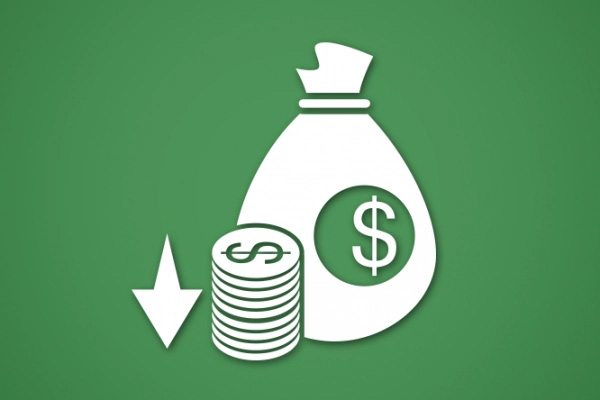Before you go ahead and place your PCB order, it is important to know the costs involved in the fabrication process. Your board may require a particular type of fabrication that will involve additional charges. The cost of PCB fabrication varies based on the size of the board, number of layers, components used, surface finish, thickness of the board, and how fast you need it done. There are some costs which are hidden but are still a part of the manufacturing process, such as the cost raw materials and the cost of equipment involved in the manufacturing process. A clear understanding on such costs involved is critical to save money on PCB fabrication without compromising on their quality. It is possible to cut back on costs while still maintaining performance through proper outsourcing, and using cheaper materials, among others. Let us discuss these things in detail in this post.
Ways to Reduce PCB Fabrication Costs
The world of electronics has grown at a rapid pace over years, and the demand for PCB fabrications is increasing too. However, it is important to make the right choices when it comes to the production of printed circuit boards in order to avoid unnecessary costs and maximize efficiency. Getting a PCB fabricated can be very expensive, but there are ways to reduce the costs involved in PCB fabrication. Keep a watch on the following points to fabricate the boards cost-effectively.
Sometimes the best design isn’t the one with the smartest layout, but rather one that uses the right materials in the right amount. The best way to save money when designing your PCB is to optimize your design for the right materials and manufacturing process. Materials cost is one of the most important factors in PCB fabrication. Even a small change in material can make a huge difference on your total cost.
Drilling holes in PCBs is a costly process. Using the fewest number of vias possible can save a lot of money, especially for the blind and buried types. Along with an alternative routing method, a different layer stack-up configuration can help to cut costs.
Using best practices like DFF Design for Fabrication helps to ensure that the board follows the finest standards that in turn guarantee smooth and efficient production processes. This can help you save a lot of money.
The faster the machines used in the production, better the result would be. Standard machines can’t generate boards as quickly as high-speed machines can. The enhanced speed cuts down on assembly time and the number of passes required to complete the board.
Size of your PCB needs to be considered. The bigger the size of your PCB, the cheaper it gets. The smaller the size of your PCB, the more expensive it is.
Layer count is a critical factor in the PCB design. For each additional layer, the time and cost to design the PCB will be multiplied. You should have a clear understanding of how it impacts the overall PCB costs and how you can leverage it to minimize the cost. The use of double layer boards is already common in many electronics products, not only because of its ability to solve complex designs but also it’s a cheap price.
The other most important factor that contributes to PCB manufacturing costs is the quantity. Ordering PCBs in larger quantities can have a big impact on the total cost of your production. It is not uncommon for the price to drop by as much as 20% if you order more than 100 boards. With smaller quantities, there are fewer opportunities for manufacturers to purchase parts in bulk or gain scale economies.
Last but not the least, consider working with prominent PCB manufacturers who possess expertise in low-cost production techniques. The manufacturer you plan to work with must be well-equipped to meet your volume requirements.
The total cost producing a PCB is mainly dependent on the PCB manufacturer’s expertise, design complexity, and the quantity of boards to be made, among others. While there are many ways to reduce costs in manufacturing, such as outsourcing, having multiple supply sources, and standardizing designs, there’s no doubt that PCBs are going to be big part of any electronics manufacturing project.



